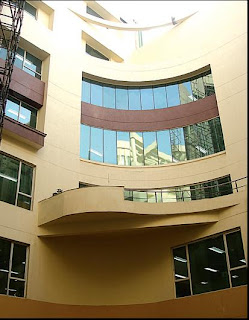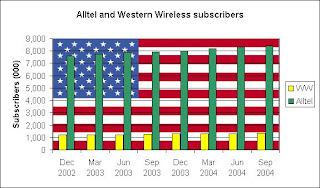 growth, a fact that has been instrumental in its huge success across the globe. Now with a more than two years of existence under the product patent regime (introduced in January 2005), a lot of things seem to have changed. A shift in focus for growth in the marketplace (away from mature markets to emerging ones and from primary care classes to biotech and specialist-driven therapies) has been the order of the day globally, with India being no exception. One of the most evident examples of this is the shift from US market towards Europe. Indian pharma majors, who made their fortunes in the US during the last vestiges of the previous century, now for the last couple of years, seem busy focusing on other markets, particularly Europe.
growth, a fact that has been instrumental in its huge success across the globe. Now with a more than two years of existence under the product patent regime (introduced in January 2005), a lot of things seem to have changed. A shift in focus for growth in the marketplace (away from mature markets to emerging ones and from primary care classes to biotech and specialist-driven therapies) has been the order of the day globally, with India being no exception. One of the most evident examples of this is the shift from US market towards Europe. Indian pharma majors, who made their fortunes in the US during the last vestiges of the previous century, now for the last couple of years, seem busy focusing on other markets, particularly Europe.For Complete IIPM Article, Click here
Source: IIPM Editorial, 2006
An IIPM and Management Guru Prof. Arindam Chaudhuri's Initiative




















